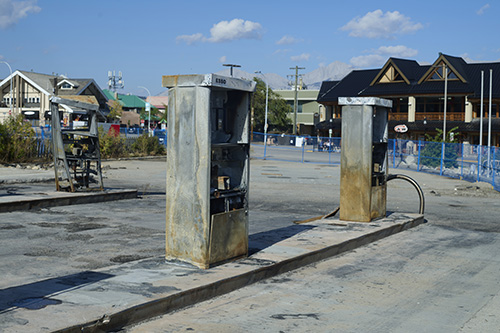This series of articles is intended to improve the public understanding of important challenges facing municipalities and their citizens. Managing Director of Smart Towns Inc. – a company that builds excellence in municipalities through comparative analytics. Smart Towns is a company that works with municipalities to build efficiencies through performance analysis.
Recently both Calgary and Edmonton have been pressed to publish what is known as a “sunshine list”. A sunshine list details all municipal employees who earn more than $100,000. Included are salary, benefits, position and name. Ontario has had the Public Sector Salary Disclosure Act since 1996 which includes the province, municipalities and a host of other public entities. BC, Manitoba and Saskatchewan also have the same municipal lists. The 2013 list from Toronto alone has close to 4,900 employees. The increase in the size of the list was the subject of much press when contract changes for fire services added a large number of new names to the list.
Calgary’s new CAO (the highest ranking bureaucrat), Jeff Fielding, was recently hired with a base salary of $315,000 plus up to 10% bonus at Councils discretion. This puts him at 82% to 90% of retiring Toronto CAO Joseph Pennachetti’s salary of $382,000 depending on his bonuses. Edmonton City manager Simon Farbrother earned about $350,000. Edmonton’s population is just under 900,000 citizens, Calgary’s is just under 1.2 million compared with Toronto’s population of just under 2.8 million. The salaries for those reporting to the CAO remain a mystery as they are not published in Alberta.
From my own experience, Council conversations about staff salaries are always uncomfortable. Councils have typically left the task of salary increases in the hands of the city or town manager. The pushback for higher salaries is the competition with the private sector and need to have compensation that attracts potential employees. What is interesting is that in the 2013 municipal administrator’s survey, 45% of CAO’s indicated they would stay in that role in Alberta for 7 or more years and 47% for 6 or less years. The major reason for those that anticipated leaving in the shorter timeframe was retirement.
So the question remains, have Alberta municipalities been well served keeping the salaries of those highest paid out of the public spotlight? From 2002 to 2012 the number of municipal employees relative to the population has gone up. In 2002, on average there were 9.2 full time municipal employees for every 1,000 citizens. That number has risen 24% to 11.4 employees per 1,000 citizens in 2012. In the big cities of Calgary and Edmonton, the number is even higher at 12.4 full time municipal employees for every 1,000 citizens.
The dollar increase to cover staff salaries and contracted labour is even more aggressive. In 2002, municipalities paid the equivalent of $688 per citizen for employee salaries. Combined with contracted labour that amount was $985 per citizen. Ten years later, in 2012, that number had ballooned 80% to $1,240 per citizen for salaries and up 68% to $1,653 for salaries and contracted labour.
Employee costs remain the highest expense for most municipalities. They are worthy of scrutiny, something a sunshine list would provide.
At your next council question period ask “Would you be willing to publish a sunshine list for our municipality?”
Municipal Employees growing in cost and number
In response to Canada's Online News Act and Meta (Facebook and Instagram) removing access to Canada's local news from their platforms, Anchor Media Inc encourages you to get your news directly from your trusted source by bookmarking this site and downloading the Rogue Radio App. Send your news tips, story ideas, pictures, and videos to info@anchormedia.ca.







